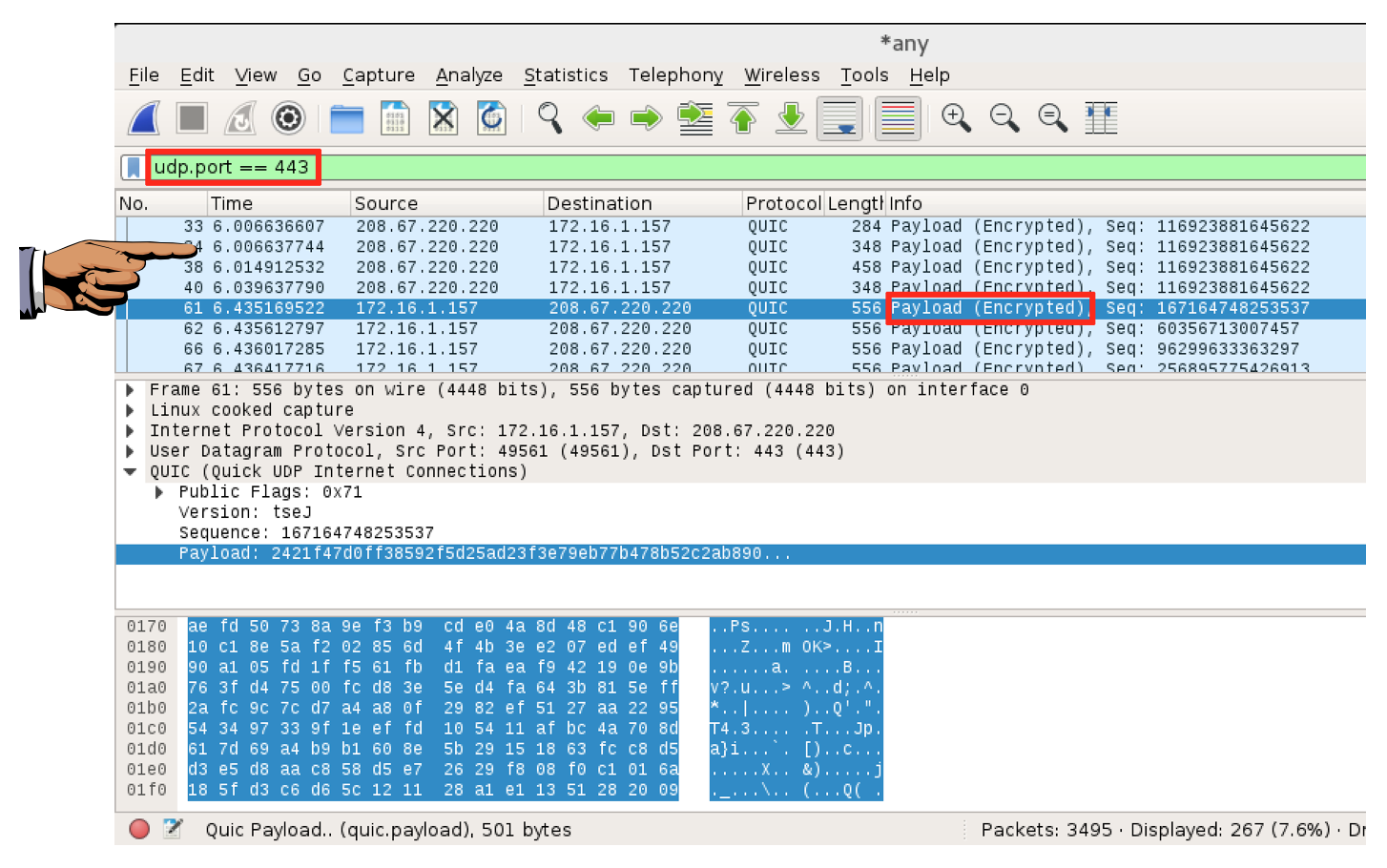


When specifying a value exclude, do not use != in your filter expression.
#WIRESHARK SEARCH FOR STRING IN PAYLOAD WINDOWS#
contains microsoft or contains windows.The following expressions are commonly used:Įxamples of these filter expressions follow: Wireshark's display filter uses Boolean expressions, so you can specify values and chain them together. Example of Wireshark's display filter accepting an expression, but it does not work as intended. Wireshark's display filter accepts an expression, and it works as intended.įigure 4. Wireshark's display filter offering suggestions based on what you type.įigure 3. If the display filter bar turns yellow, the expression has been accepted, but it will probably not work as intended.įigure 2. If the display filter bar turns green, the expression has been accepted and should work properly. While the display filter bar remains red, the expression is not yet accepted. If you type anything in the display filter, Wireshark offers a list of suggestions based on the text you have typed. Location of the display filter in Wireshark. This is where you type expressions to filter the frames, IP packets, or TCP segments that Wireshark displays from a pcap.įigure 1. Wireshark's display filter a bar located right above the column display section. Proper use of the Wireshark display filter can help people quickly find these indicators. Security professionals often document indicators related to Windows infection traffic such as URLs, domain names, IP addresses, protocols, and ports. These indicators are often referred to as Indicators of Compromise (IOCs). Indicators consist of information derived from network traffic that relates to the infection. These infections can follow many different paths before the malware, usually a Windows executable file, infects a Windows host. This tutorial uses examples of Windows infection traffic from commodity malware distributed through mass-distribution methods like malicious spam (malspam) or web traffic. Filters for other types of infection traffic.Filters for web-based infection traffic.This tutorial covers the following areas: Instead, it shows some tips and tricks for Wireshark filters.
#WIRESHARK SEARCH FOR STRING IN PAYLOAD HOW TO#
This is not a comprehensive tutorial on how to analyze malicious network traffic. And you should also have a basic understanding of how malware infections occur. Keep in mind you must understand network traffic fundamentals to effectively use Wireshark. Pcaps for this tutorial are available here. It covers display filter expressions I find useful in reviewing pcaps of malicious network traffic from infected Windows hosts. Today's post provides more tips for analysts to better use Wireshark. To better accomplish this work, I use a customized Wireshark column display as described my previous blog about using Wireshark. If you want to filter out all packets containing IP datagrams to or from IP address 1.2.3.4, then the correct filter is !(ip.addr = 1.2.3.4) as it reads “show me all the packets for which it is not true that a field named ip.addr exists with a value of 1.2.3.4”, or in other words, “filter out all packets for which there are no occurrences of a field named ip.addr with the value 1.2.3.4”.As a Threat Intelligence Analyst for Palo Alto Networks Unit 42, I often use Wireshark to review packet captures (pcaps) of network traffic generated by malware samples. As an IP datagram contains both a source and a destination address, the expression will evaluate to true whenever at least one of the two addresses differs from 1.2.3.4. The reason for this, is that the expression ip.addr != 1.2.3.4 must be read as “the packet contains a field named ip.addr with a value different from 1.2.3.4”. Instead, that expression will even be true for packets where either source or destination IP address equals 1.2.3.4. Unfortunately, this does not do the expected. Then they use ip.addr != 1.2.3.4 to see all packets not containing the IP address 1.2.3.4 in it. Often people use a filter string to display something like ip.addr = 1.2.3.4 which will display all packets containing the IP address 1.2.3.4. Using the != operator on combined expressions like eth.addr, ip.addr, tcp.port, and udp.port will probably not work as expected. Wireshark allows you to string together single ranges in a comma separated list to form compound ranges as shown above.


 0 kommentar(er)
0 kommentar(er)
